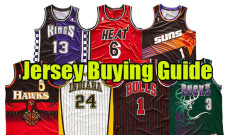
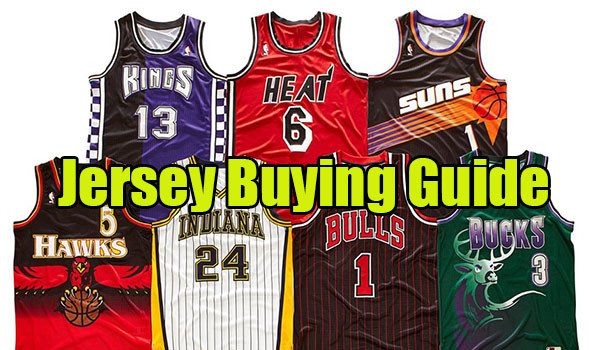 Welcome to our comprehensive guide to buying jerseys. A resource you can use to make sure you know if a jersey is real or fake.
Welcome to our comprehensive guide to buying jerseys. A resource you can use to make sure you know if a jersey is real or fake.
According to Urban Dictionary, “A hoopster is an adolescent who sports trendy NBA retro basketball jerseys.” I think it’s safe to say a sizable portion of readers at Bacon Sports are hoopsters, but there’s an even broader demographic that we can all relate to. I like to call them the “Jerseyphiles.”
Jerseyphiles are classified as anyone, at any age, who considers themselves a connoisseur of all things sports jerseys. A six-year-old rocking a Jonathan Toews jersey to the Blackhawks game? Possibly a future jerseyphile. My 65-year-old Dad sporting his Mitchell & Ness 1969 Ray Nitschke Jersey when the Packers are on TV? I’ll count it, because the thing about being a jerseyphile is that there are no set rules about how to be one. You can be as committed or as relaxed as you’d like in your fandom. Being that I tend to be more on the devout side, I’d like to pass on some knowledge to would be jerseyphiles because an educated fan is the best fan!
I guarantee if you’ve been at a sporting event, a Super Bowl party, or your local sports bar you’ve come across counterfeit jerseys and cheaply made knockoffs. Thanks to the relatively high prices of today’s jerseys, along with the markup of throwbacks and retro jerseys, not everyone has the coin to go after the real thing. This happens in all disciplines of merchandise sales. I promise you, the pretty girl you see walking down the street in a pair of Christian Louboutin’s (thank you Laurie for making it seem like I know anything about shoes) might be wearing knockoffs because she didn’t want to spend $800+.
If you purposely choose to buy that counterfeit product, that’s fine. My problem is with people who make their purchase under the guise that they’re getting something legit. Nobody should get fleeced like that.
Jerseys Buying Guide
Here is a guide that breaks down the basic jersey classifications and the signs to look for when determining if a jersey is real or fake.
REPLICA
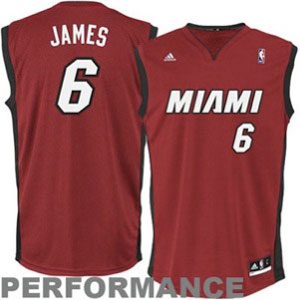
Replica jerseys are the most plentiful among sports fans because they’re the least expensive licensed product on the market at about $50-99. Your typical hoopster is wearing a replica jersey, and it’s probably from 1994. Replicas usually have all the important graphics, but they skimp on a few of the minor details. They’re also more likely to have screen printed names and numbers as opposed to sewn on tackle twill. This is where you find the NFL’s “Game” line. Most of the other leagues actually use the word replica. Screw you Nike and your confusing labeling system!
REPLITHENTIC
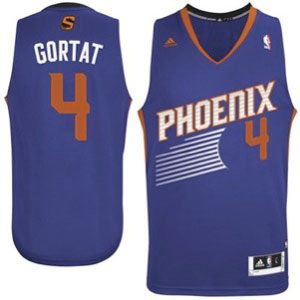
This is a word that someone made up to describe the mid-grade level of jerseys. These include your NBA Swingman line, your NFL Limited, and your NHL Premier jerseys. They’re slightly better quality with half printed/half sewn numbers, names, and/or crests. The level of detail on these jerseys will be higher with added piping, striping, and a slightly better fit. Typically they’ll run you between $100-140. Hoopsters wearing modern players jerseys probably have one of these on.
AUTHENTIC
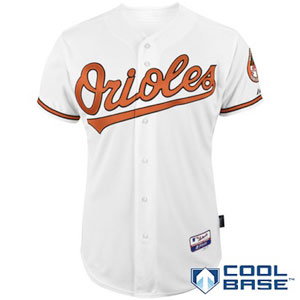
This is as close to game-ready gear that you can purchase in a store (true game jerseys are often altered or even made by someone else such as, in the case of the NFL, Ripon. Then the Nike logo is added after the fact). An authentic jersey is going to be $215-330 (sometimes more) unless you have some sort of hook-up. (Side Note: Mitchell & Ness gear costs this much, but I consider their jerseys to be somewhere in between Replithentic and Authentic because they were never a league supplier such as Nike, Russell Athletic, Majestic, Reebok, CCM, Rawlings, Adidas, Under Armour, etc.) If you’re the guy who has to have the best of the best, or you’re weird and just want to pretend you’re actually on the team, this is what you want.
ON-FIELD/ GAME READY
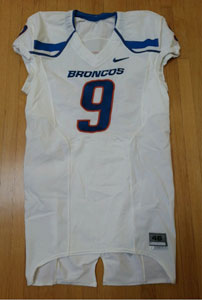
These jerseys were actually issued by the team. In the case of football jerseys, they’re likely to be a completely different fit, and they’ll be significantly longer (to avoid the jersey being pulled out while tucked in) than what you’d find in a store. Baseball jerseys are almost exactly like what you would find in the Authentic section of the store, but sometimes they’ll add Velcro beside the buttons to keep the jersey in place. You’ll be hard pressed to find these unless you know someone, buy it from a team’s store in their “Used Gamewear” section, find a really good deal on eBay, etc.
It kills me to see how much jerseys and hats have gone up in price, but these days, everything is more expensive. In 1992, gas was about $1.20 per gallon, my grandmother bought me my first authentic jersey as a gift for about $115, my video games had only 8 bits, and the Ultimate Warrior wasn’t a weirdo giving odd speeches around the country (okay, maybe he always gave weird speeches). That’s where the rise of counterfeit merchandise has fit in.
Whether you’re looking on eBay, Marshall’s, garage sales, or even your local sports stores (yes, there are stores that sell Chinese knockoffs as “Authentic” at your local mall…I’m looking at you Scott’s Brewery Collectibles and Sports ‘N More in Lombard, IL), it’s your responsibility to make sure you’re getting what you pay for.
WHAT TO LOOK FOR
First thing I notice is the lettering and numbering. This should be the easiest way to identify a legit jersey from a knockoff, but your average consumer seems to miss this rather frequently. A replica, replithentic, or authentic jersey will always have the correct fonts, the correct colors, and the correct spelling.
Compare these two jerseys. On the top is a counterfeit jersey, and on the bottom is an authentic jersey.
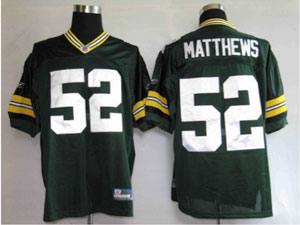
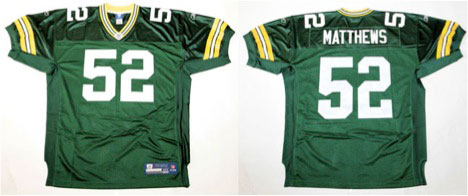
To the naked eye, they don’t look that different, but they are! On the top jersey, there’s an added shine to the numbers. No team has shiny/shimmery twill tackle lettering as it should be more matte. Also, look at the serifs on the number 5. See that extra point on the left hand side of the bottom jersey? The Packers use that on their chest and back numbering, but not on the shoulders. The counterfeit jersey doesn’t have them at all.
Another section to notice is the sleeve stripes. Are they screen printed on or are they material? If you have an NFL jersey with material striping, you have yourself a counterfeit jersey!
Here’s another test. See if you can figure out which one is fake?
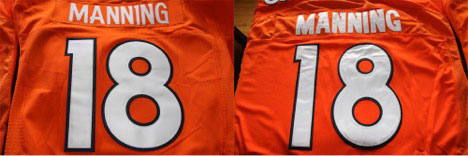
If you guessed the Broncos jersey on the right, you’re correct!
Check out these two hockey jerseys:
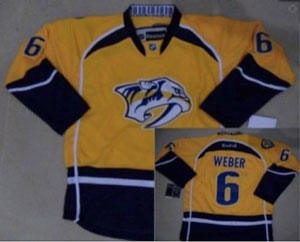
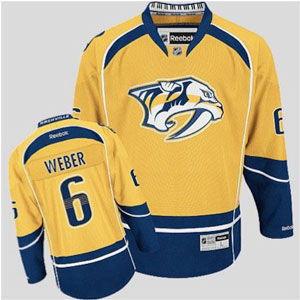
These counterfeiters sure put in a lot of effort to fool you. They even added small details like the piano keys inside the collar! Careful inspection actually shows those piano keys are the wrong size. The number and name are both shorter and wider than they should be, the crest of the jersey is slightly smaller, and the hem striping is a little uneven. Mind you, I just compared a replithentic jersey to a counterfeit authentic, and you see that even the replithentics look better. Having a gorgeous jersey ruined by shoddy counterfeiting is like seeing a pretty girl with a ton of lipstick on her teeth.
CUSTOMIZATION
We love good customized jerseys, but not all customizations are created equal. For instance, take a look at this beauty:
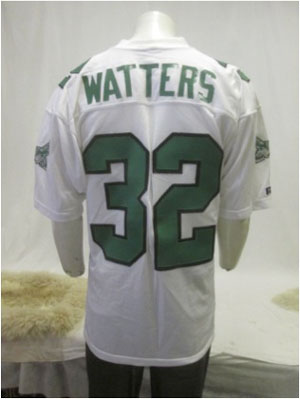
Notice anything wrong? See the sewn on numbers, while the nameplate is screen printed? That’s a mismatch that should never happen. If that’s a jersey you’d still accept, then that’s on you. However, I personally wouldn’t pony up for it.
Nameplates and name arching are small details that go a long way to making you stand out from the rest. Most of today’s teams no longer use name plates, but prior to the early 2000s, many of them did. Take a look at these two Atlanta Braves jerseys:
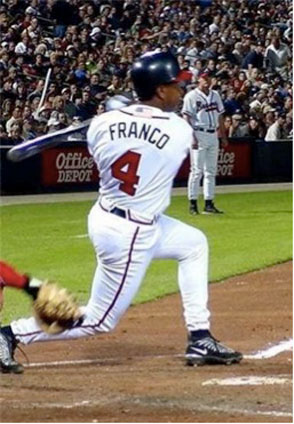
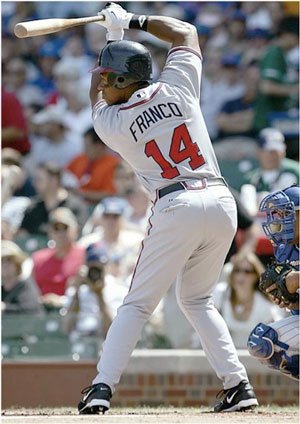
Same last name, same team, different font (the road jersey’s name arching is called vertical arching, the home jersey’s name arching is called radial arching). You can clearly see the name plate on the road jersey, and you’ll also notice an MLB logo at the top of Julio Franco’s jersey. This small detail was added in 2000. So, if you see a 1989 jersey with that MLB logo on the collar, it’s a fake!
If you have a blank jersey, feel free to get it customized. Just make sure the places you go to know what they’re doing. For you Chicagoans, I have a few recommendations.
- If you live in the city, bring your jerseys to Grandstand. It’s right down the street from U.S. Cellular Field. The store is family run (which is rare these days), and if you talk with Josh, Rosemary, or anyone else behind the counter, they’ll make sure you get exactly what you’re looking for. They have amazing attention to detail, and I’ve personally had several of my jerseys done there.
- If you’re in another part of the country, check out Exclusive Pro Sports. You can mail them your jersey, they’ll customize it, and then ship it back. Both Grandstand and Exclusive Pro Sports are good with throwbacks/retro jerseys as well.
For added help the Montreal Canadiens and Vancouver Canucks both have really good “Fight the Fakes” sites up. Check those links out, and here are a few other tips to be aware of:
1. If a jersey is rare, and you find one guy is selling 30 of them, they’re probably fakes.
2. Look through a seller’s eBay rating. eBay has a ton of fakes, and some people who get caught will have lower ratings due to complaints. However, also be aware that not everyone realizes they’re fakes, and may give that seller a good rating anyway. It can be a useful tool, but sometimes misleading.
3. If you know the year your jersey was worn by your favorite team, check out game photos online before purchasing your jersey. There are always some good photographs on Getty Images. Do an eyeball test to compare the two.
4. Feel the fabric if you can. Authentic jerseys have been getting lighter, and they’re more technologically advanced than in previous years. That being said, it should still feel sturdy because they’re meant to take a pounding.
5. Know your resources! I’m happy to be one for you. If you have a question as to whether a jersey is real or fake, send me a Tweet at @rmackman, and I’ll take a look at it. Other excellent resource sites are NHL Uniform Database and MLB Dressed to the Nines by the Baseball Hall of Fame.
6. If it’s too good to be true, it probably is!
You’re spending good money, so make sure you get good quality in return. There are some really well made counterfeit jerseys out there, and once in awhile even I get fooled. However, if you do your due diligence, you’re putting yourself in a better position to make the correct choice. Let’s be honest, a legit jersey that looks good and fits well, no matter how random, will always get respect from other jerseyheads.
Ryan Mackman has more jerseys than your girlfriend has shoes, and he’s not ashamed of it. If he could, he’d wear a jersey with a tie to work every day, but apparently that’s “not professional.” You can follow him on Twitter at @rmackman.

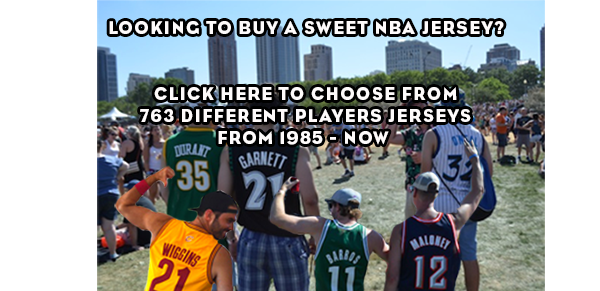

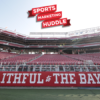
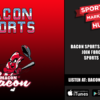
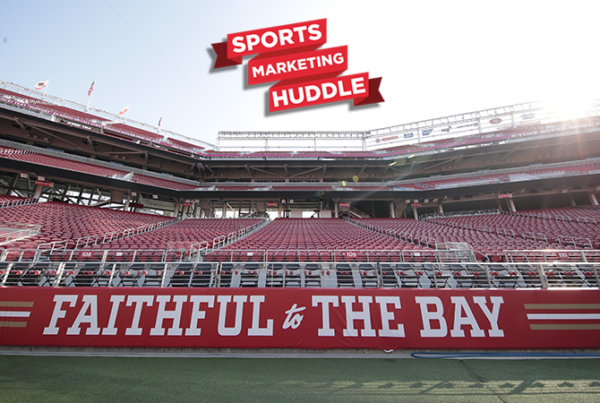
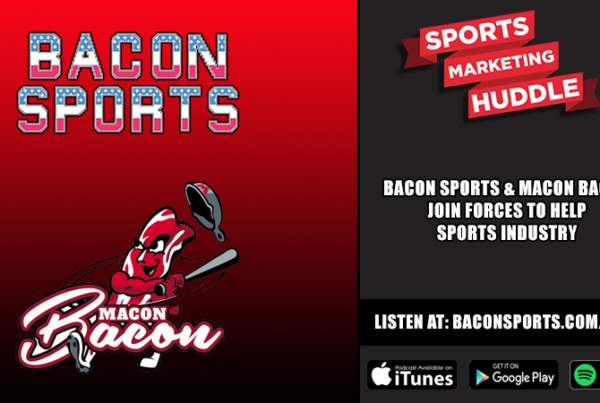
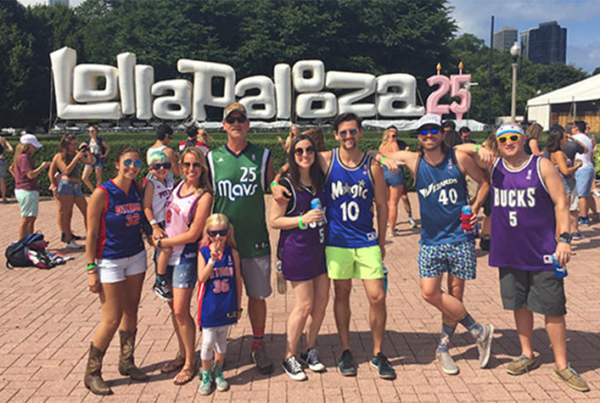
 Bacon Sports is a sports content & social media marketing agency that turns your audience into raving fans by creating fun and engaging videos, podcasts, and social media content.
Bacon Sports is a sports content & social media marketing agency that turns your audience into raving fans by creating fun and engaging videos, podcasts, and social media content.
